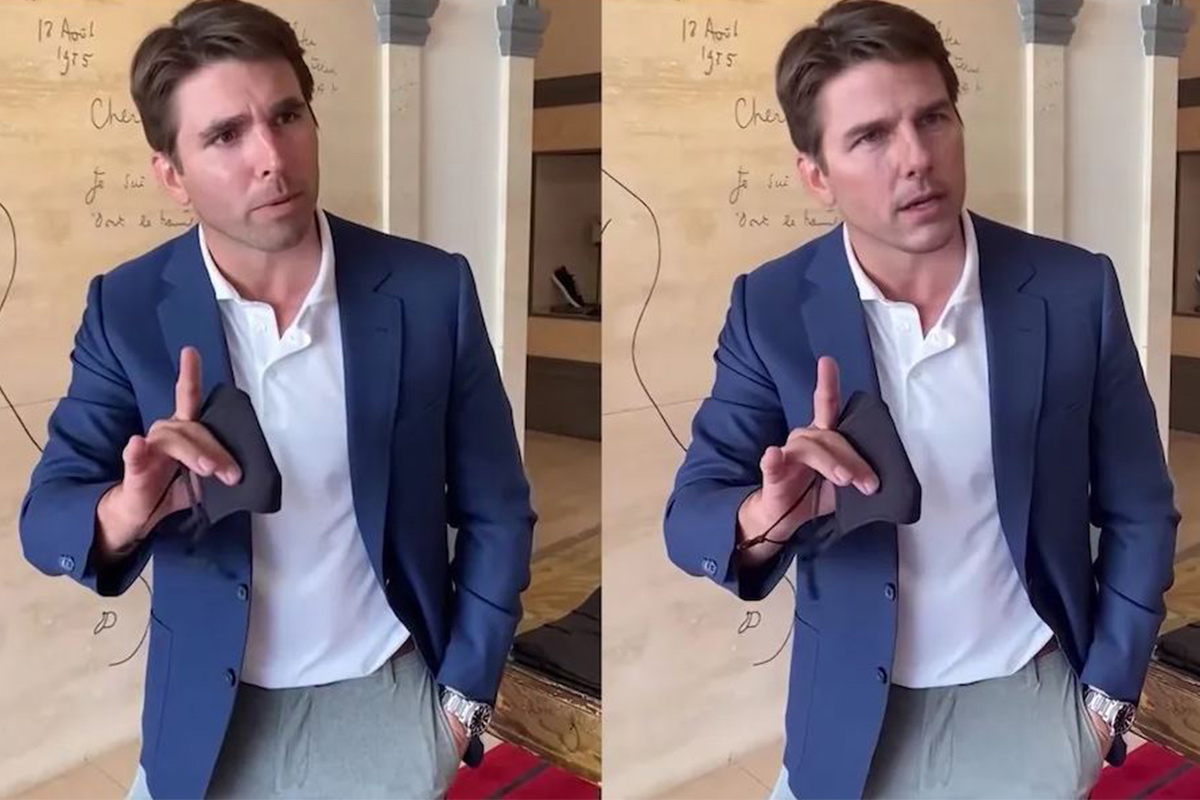Belgian visual effects expert Chris Ume, who created deepfake photos and videos of Hollywood actor Tom Cruise that went viral on various social media platforms, has defended his work, saying the public should not be worried about ‘one-click fakes’.
In a report in The Verge, Ume was quoted as saying that not anyone can create these deep fake videos. These hyper realism videos require months of preparation on top of Ume’s skills in visual effect and deepfakes paired with high end hardware and the art of Tom Cruise’s impersonator Miles Fisher.
Advertisement
https://www.youtube.com/watch?v=wq-kmFCrF5Q
“That’s important, that’s a message I want to tell people. Each clip took weeks of work,” Ume was quoted as saying in the report on Friday.
“By combining traditional CGI and VFX with deepfakes, it makes it better. I make sure you don’t see any of the glitches,” Ume said.
On TikTok, the account @deeptomcruise racked up tens of thousands of followers and likes.
Ume pulled the videos briefly but then restored them. “We had fun. I created awareness. I showed my skills. We made people smile. And that’s it, the project is done,” he said.
TikTok said the account was well within its rules for parody uses of deepfakes.
For some, deep fakes pose privacy challenges.
Since the emergence of Deepfakes in 2017, these videos have been a subject of distrust over the potential for disinformation. The distrust is also caused because in these videos people appear to be saying things they never did, like the popular forged videos of Facebook CEO Zuckerberg and that of US House Speaker Nancy Pelosi that went viral last year.
“The most difficult thing is making it (deepfake) look alive. You can see it in the eyes when it’s not right,” Ume noted.
“It’s like Photoshop 20 years ago, people didn’t know what photo editing was, and now they know about these fakes”.
Microsoft in September 2020 unveiled a new tool that will spot deepfakes or synthetic media which are photos, videos or audio files manipulated by AI which are very hard to identify if false or not.
















